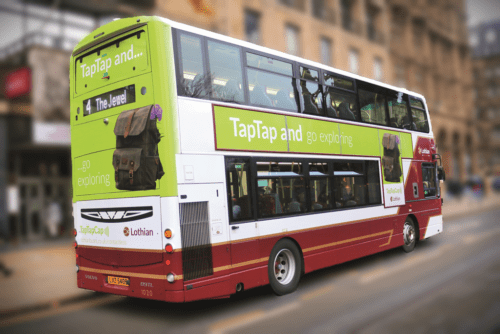
Jonathan Welch learns about the growth in contactless and open payments from Flowbird’s Paul Rogers
How we travel is constantly evolving, and although the process of boarding a bus and paying might be something travellers give little thought to, there’s a lot that goes on behind the scenes to keep things running smoothly. A few decades ago, that would have meant handing over money to the driver, taking a ticket, then the driver cashing in at the end of the day and the money being transported to the bank. Some operators speeded up that process with autofare vaults and an exact fare policy. But it all still happened after the fact.
Today, many people have paid for their trip before they get anywhere near the bus, probably before they even knew which bus they were getting. Technology has moved on, and we have an almost bewildering array of m-tickets, online payment, smartcards, contactless payment, and more. And unless you work in the back office of a bus operator, you’ve probably given little thought to how that all happens.
And how does it happen? It happens thanks to companies like Flowbird, which specialise in urban mobility solutions. In this case, the wide-ranging term covers everything from parking terminals to bus travel apps. The technology is aimed at making journeys more seamless and more integrated, and encouraging multi-modal travel.
[…]By subscribing you will benefit from:
- Operator & Supplier Profiles
- Face-to-Face Interviews
- Lastest News
- Test Drives and Reviews
- Legal Updates
- Route Focus
- Industry Insider Opinions
- Passenger Perspective
- Vehicle Launches
- and much more!


